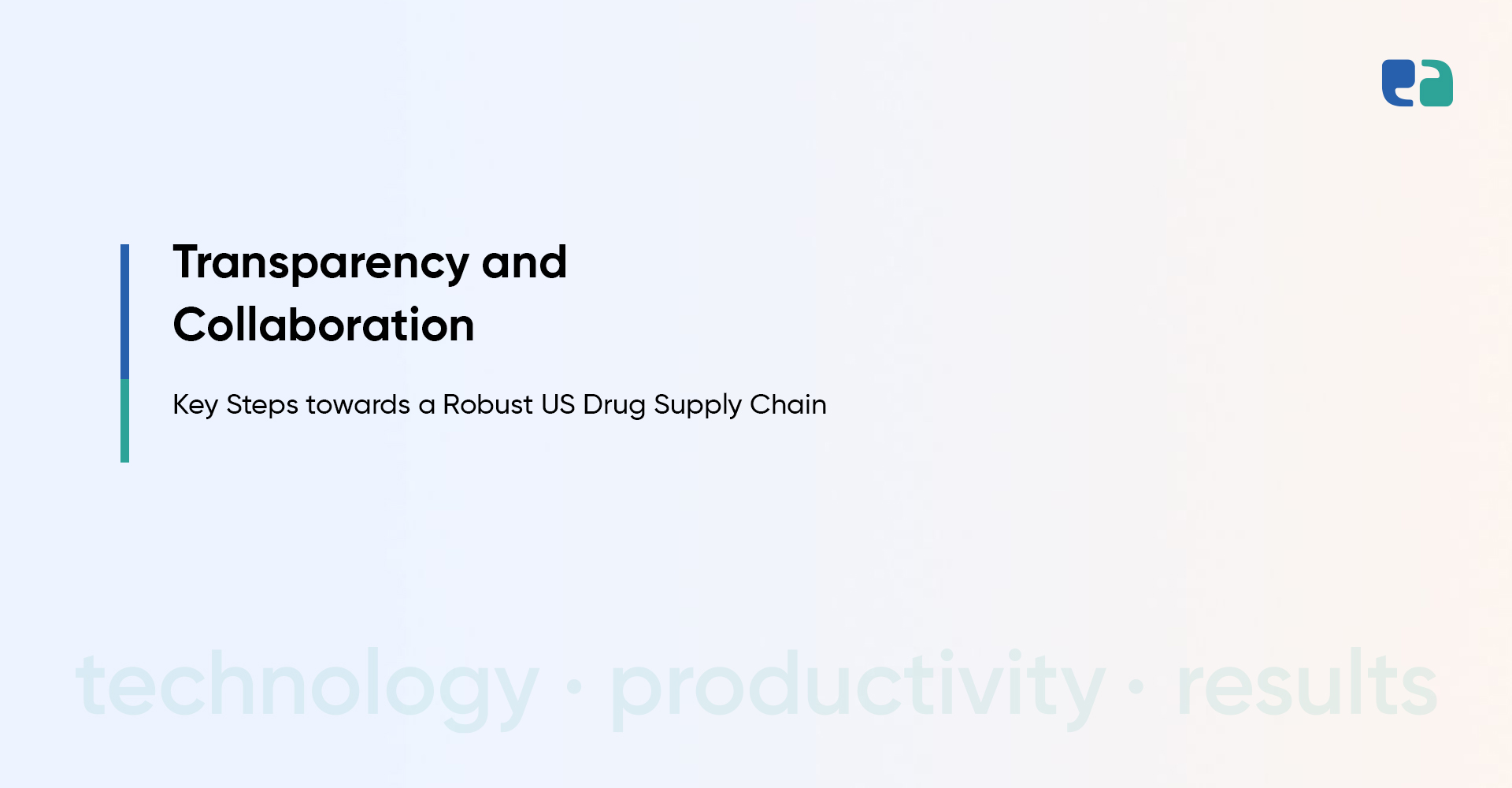The medical spa industry is booming, isn’t it?
More and more people are choosing treatments like Botox, fillers, and IV therapy to look and feel their best.
If you’re running a med spa, you know it’s not just about offering these services—it’s about keeping everything organized and compliant with industry standards.
That’s where specialized EMR (Electronic Medical Records) software comes in.
In this guide, we’re going to chat about why your med spa needs a tailored EMR to manage patient care, streamline operations, and stay ahead in this fast-growing industry.

Tackling the Challenges of Running a Med Spa
Running a med spa comes with its own set of challenges.
Unlike traditional spas, med spas have to follow strict healthcare regulations, like HIPAA, to protect sensitive patient information.
That’s no small task!
You’re juggling a lot—managing client records, scheduling staff, handling payments, and staying compliant with industry rules.
Let’s break it down:
- You need to keep track of medical histories, treatment details, and progress notes for each client.
- Scheduling staff with different expertise for various treatments can get tricky.
- Billing is another hurdle, especially with multiple services and insurance complexities.
- And don’t forget, HIPAA compliance is a must to protect patient data!
A well-designed EMR system can handle all of this.
It provides a centralized platform to securely store client records, make scheduling easier, automate billing, and ensure you’re always HIPAA compliant.
Sounds like a game changer, right?

Software Solutions for Medical Spas: A Budding Opportunity for Health-Tech Entrepreneurs
The med spa industry is rapidly growing, creating a great opportunity for innovative software solutions. With increasing demand for treatments like Botox and laser therapy, med spas encounter unique challenges that require tailored technology.
Let’s explore what’s driving the demand for innovation in this space:
8 Key Features and Functionalities of Med Spa EMR Software
Let’s break down the essential features that can help make your operations smoother, enhance client experiences, and ensure you stay compliant with industry regulations.
Building Medical Spa EMR Software: 5 Steps to Success
1. Define Your Target Audience
Before you dive in, know who you’re building for. Think about the size of the med spas.
Are they small practices or large clinics? What services do they offer?
This helps you tailor your software to meet their needs.
2. Choose the Right Technology Stack
- Programming Languages: Choose languages known for their security, reliability, and performance in web application development. For example, Python, Java, or Ruby on Rails are commonly used.
- Frameworks: Frameworks streamline development and provide pre-built components. Options like Django (Python), Spring Boot (Java), or Ruby on Rails offer robust security features and scalability.
- Databases: Databases store and manage client data. Choose a database that is secure, scalable, and optimized for the type of data your application will handle. PostgreSQL, MySQL, and MongoDB are popular choices.
- Cloud Platforms: Cloud platforms offer scalability, flexibility, and cost-effectiveness. Leading providers like Amazon Web Services (AWS), Microsoft Azure, or Google Cloud Platform (GCP) offer robust security features and compliance certifications.
3. Design an Intuitive UI/UX
Conduct research to understand what users want.
Make the interface clean and modern. Ensure it’s accessible to everyone, including those with disabilities.
4. Prioritize Security and Compliance
HIPAA compliance is a must. Encrypt all data to keep it safe.
Use secure storage solutions and implement role-based access controls. Regular backups are essential to protect against data loss.
5. Test and Ensure Quality
Conduct unit testing for individual parts and integration testing to check how they work together.
Get feedback from real users through User Acceptance Testing (UAT). Performance testing ensures your software can handle the load.
The Future of Med Spa EMR Software: AI, Telehealth, and Personalized Medicine
Let’s talk about the exciting future of med spa EMR software! There are three big trends that are changing the game: AI, telehealth, and personalized medicine.
1. Artificial Intelligence (AI)
AI is set to transform how med spas operate. Imagine software that can analyze client data, like their medical history and skin type.
It can suggest personalized treatment plans and product recommendations. This not only improves results but also makes clients happier.
Plus, AI chatbots could handle routine inquiries and appointments, giving staff more time to focus on clients.
2. Telehealth
Telehealth is becoming more important, too. With integrated telehealth features, clients can have virtual consultations.
This means they can discuss treatments and follow-ups from the comfort of their homes. It’s convenient and helps med spas reach more people.
Remote monitoring can also keep track of client progress, making treatments more effective.
3. Personalized Medicine
Personalized medicine is all about tailoring treatments to fit each client’s unique needs.
In the future, EMR software might integrate genetic testing to provide insights into how clients respond to different treatments. This could lead to more effective, customized care.






